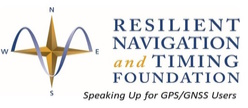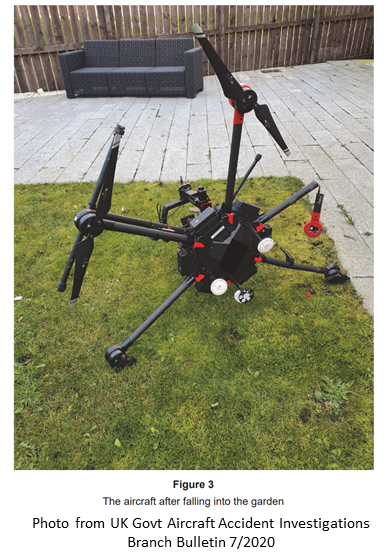Image: UK Aircraft Accident Investigations Branch
Blog Editor’s Note: We are not sure the drone and autonomous community have really come to grips with this issue.
The article mentions interference with a display involving hundreds of drones. There have been other incidents, of course, in China and elsewhere. One example is the UK accident we reported on that could have resulted in a fatality, according to the government’s investigation report.
We agree with the below article that GPS/GNSS receivers should include better hardware and software to make them more resilient to jamming and spoofing.
That’s only part of the solution, though. A holistic approach is needed if GPS/GNSS is to be managed property. We agree with the “Protect, Toughen, and Augment” scheme advocated by the National Space-based Positioning, Navigation, and Timing Advisory Board.
 PROTECT – GPS/GNSS signals with the right kinds of laws and regulations, interference detection, and enforcement action,
PROTECT – GPS/GNSS signals with the right kinds of laws and regulations, interference detection, and enforcement action,
TOUGHEN – Receivers and users with better software and equipment, and
AUGMENT – GPS/GNSS signals with other signals/sources of PNT information.
Cheap GPS jammers a major threat to drones
Jammers that can be bought for as little as $50 threaten commercial drones, but there are options.
With rotors whirring and airframes hurling through the air, drones can be very dangerous when flights don’t go as planned. There’s been much teeth gnashing over the FAA’s measured approach to commercial drone policy adoption, but the fact is there are real dangers, including from bad actors using inexpensive GPS jammers.
GPS signal jamming technology is evolving, decreasing in size and cost. Today, jammers can be bought online for as low as $50. Long a threat to military assets, jamming is now a commercial concern as commercial drone deliveries become a reality, and attacks are becoming pervasive globally. This threat now affects commercial, law enforcement, and defense drones on critical missions.



